Fortuna Balnearis
Matheus Chiaratti with Stefano G.
curated by Giulio Verago
with a text by Francesca Rossi Minelli
Edicola Radetzky, Viale Gorizia, Darsena side, Milan
13 July - 3 August 2022
Fortuna Balnearis, conceived especially for Edicola Radetzky, functions as a kind of “urban room”, intimate but exposed to the gazes of passers-by; it is also a space for observation, a fantasy lab, erotic, a theatre of performative actions carried out by the artist in collaboration with the performer Stefano G.
The scenic action is based on the repetition of the ancient gesture of embroidery with references to Penelope waiting for Ulysses; or the tension between the finished and the unfinished, between the desire for presence and the projection of absence. The scene is completed and enriched by ceramic elements of varying dimensions, some suspended in space, containing small inscriptions (sometimes ironic) on their surface. Besides Penelope, the artist adds to the references the cult of saints and their sometimes hidden symbologies, pointing to queer implications as in the case of Saint Sebastian. In ancient Rome, Fortuna Balnearis was the deity of the public baths; places of relations, theatres of seduction and violence. These apparently disparate references become associated images in a stream of thought and poetry that the artist also distils in his podcast Pivote – an ideal sound accompaniment for this project.
Matheus Chiaratti’s artistic research embraces painting, embroidery, ceramics, photography and writing in a particular composition of domestic fragments, within a repertoire of extravagant forms, still-lifes and banquets where Sandro Penna has tea with Félix González-Torres. From a symbolic point of view, the evocation of a repertoire of pagan-Christian mythology is explicit, revisited with the irony of a flâneur and the awareness of the political implications of the exercise of desire.
In Chiaratti’s work, the voice of the poets of the past cohabits with the minutiae of daily life, in artistic situations in which a simple metro ticket can be the poetic pretext for seeking another place where to drown one’s own desire, away from prying and impertinent eyes. The quotation of a letter by Jean Cocteau (from the artist’s own collection) is a pretext to reflect on the times we live in and on the insurmountable contradiction between what you see and what you get.
Fortuna Balnearis also marks the conclusion of the residency period in Viafarini, Milan. An experience complemented by another brief residency in June in Grottaglie, southern Italy, at Mena Fueco, a space for experimentation and a platform for young contemporary ceramics. We thank independent curator Francesca Rossi Minelli for her generous collaboration with the project.
Acknowledgements: Fiorella Fontana, Giulio Verago, Sté, Francesca Rossi Minelli, Mena Fueco and Uzhu, Giorgio di Palma, Exfrantoio Grottaglie, Andrea D’Aversa, Giulio Elia, Imma Lenti, Rosario Pedone, Mariangela Distante, Luca Marianaccio, Luis Pérez-Oramas, Ateliê 397, Jacopo Lupi, Ciça Ohno, Isabela Rossi, Anna Del Torchio, Emanuele Sosio Galante, Chiara Zoppei, Fabrizio De Gaetano, Francesco Petri, Viafarini-in-Residence, Quadra Galeria, Aura Galeria, Gate Art.
“Now that all the others have run out of air, it’s my turn. Once, people would have laughed if I’d tried to play the minstrel [...] but who cares about public opinion now? The opinion of shadows, of echoes. So I’ll spin a thread of my own.” Margaret Atwood, Penelopiad.
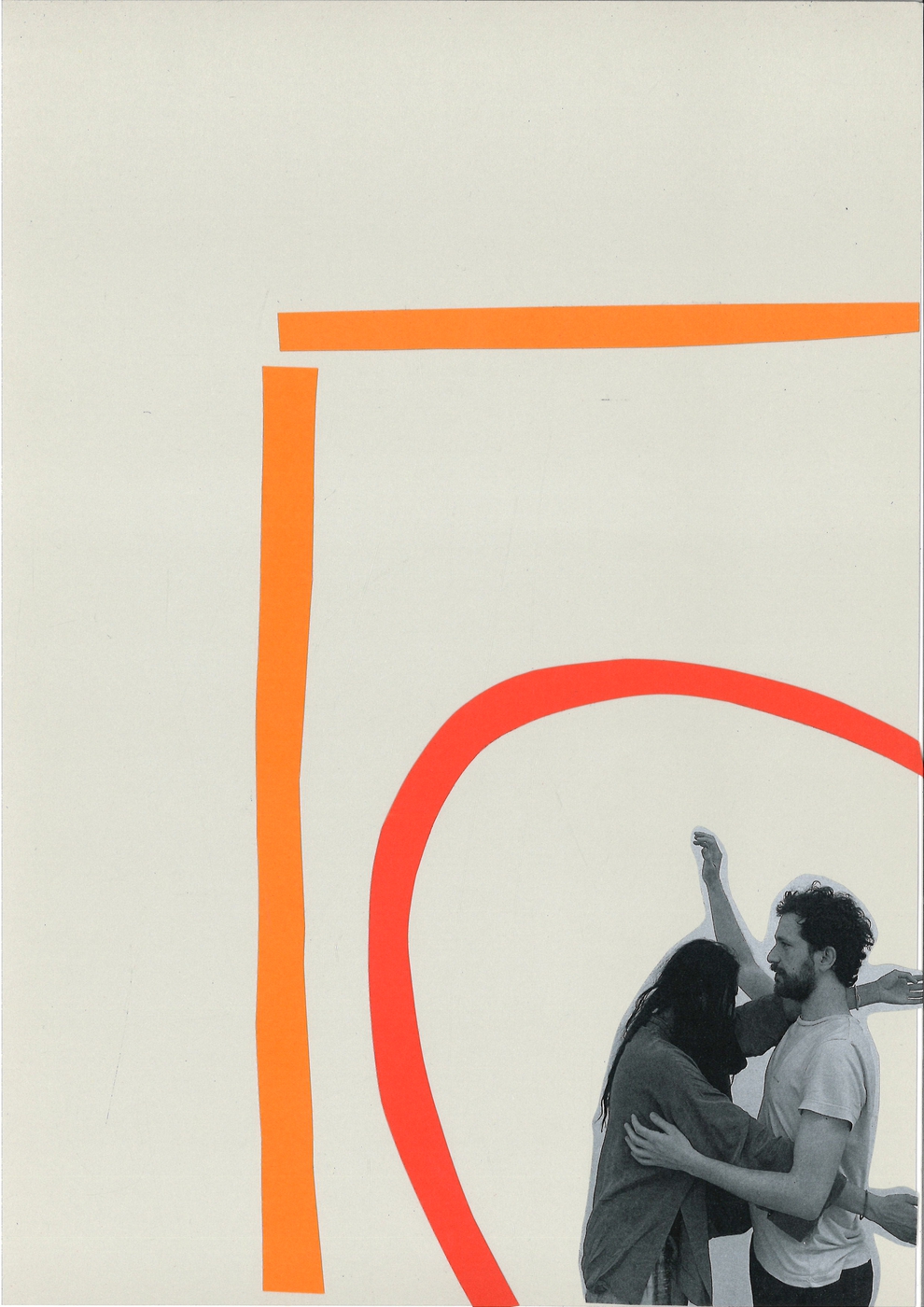
Fortuna Balnearis
Matheus Chiaratti with Stefano G.
curated by Giulio Verago
with a text by Francesca Rossi Minelli
Edicola Radetzky, Viale Gorizia, Darsena side, Milan
13 July - 3 August 2022
Fortuna Balnearis, conceived especially for Edicola Radetzky, functions as a kind of “urban room”, intimate but exposed to the gazes of passers-by; it is also a space for observation, a fantasy lab, erotic, a theatre of performative actions carried out by the artist in collaboration with the performer Stefano G.
The scenic action is based on the repetition of the ancient gesture of embroidery with references to Penelope waiting for Ulysses; or the tension between the finished and the unfinished, between the desire for presence and the projection of absence. The scene is completed and enriched by ceramic elements of varying dimensions, some suspended in space, containing small inscriptions (sometimes ironic) on their surface. Besides Penelope, the artist adds to the references the cult of saints and their sometimes hidden symbologies, pointing to queer implications as in the case of Saint Sebastian. In ancient Rome, Fortuna Balnearis was the deity of the public baths; places of relations, theatres of seduction and violence. These apparently disparate references become associated images in a stream of thought and poetry that the artist also distils in his podcast Pivote – an ideal sound accompaniment for this project.
Matheus Chiaratti’s artistic research embraces painting, embroidery, ceramics, photography and writing in a particular composition of domestic fragments, within a repertoire of extravagant forms, still-lifes and banquets where Sandro Penna has tea with Félix González-Torres. From a symbolic point of view, the evocation of a repertoire of pagan-Christian mythology is explicit, revisited with the irony of a flâneur and the awareness of the political implications of the exercise of desire.
In Chiaratti’s work, the voice of the poets of the past cohabits with the minutiae of daily life, in artistic situations in which a simple metro ticket can be the poetic pretext for seeking another place where to drown one’s own desire, away from prying and impertinent eyes. The quotation of a letter by Jean Cocteau (from the artist’s own collection) is a pretext to reflect on the times we live in and on the insurmountable contradiction between what you see and what you get.
Fortuna Balnearis also marks the conclusion of the residency period in Viafarini, Milan. An experience complemented by another brief residency in June in Grottaglie, southern Italy, at Mena Fueco, a space for experimentation and a platform for young contemporary ceramics. We thank independent curator Francesca Rossi Minelli for her generous collaboration with the project.
Acknowledgements: Fiorella Fontana, Giulio Verago, Sté, Francesca Rossi Minelli, Mena Fueco and Uzhu, Giorgio di Palma, Exfrantoio Grottaglie, Andrea D’Aversa, Giulio Elia, Imma Lenti, Rosario Pedone, Mariangela Distante, Luca Marianaccio, Luis Pérez-Oramas, Ateliê 397, Jacopo Lupi, Ciça Ohno, Isabela Rossi, Anna Del Torchio, Emanuele Sosio Galante, Chiara Zoppei, Fabrizio De Gaetano, Francesco Petri, Viafarini-in-Residence, Quadra Galeria, Aura Galeria, Gate Art.
“Now that all the others have run out of air, it’s my turn. Once, people would have laughed if I’d tried to play the minstrel [...] but who cares about public opinion now? The opinion of shadows, of echoes. So I’ll spin a thread of my own.” Margaret Atwood, Penelopiad.
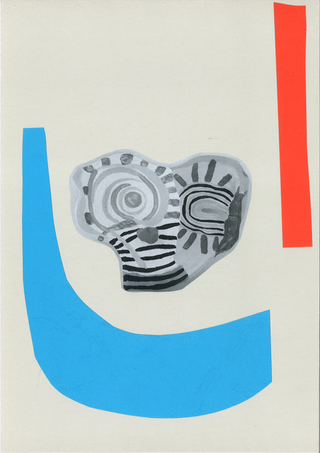
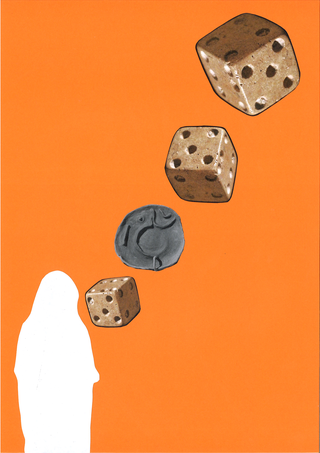
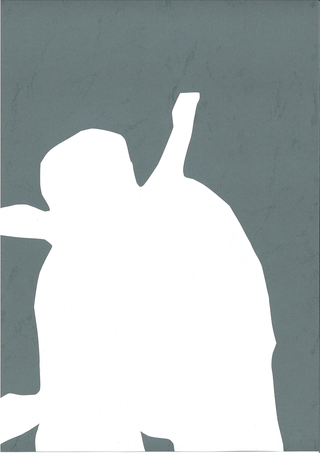
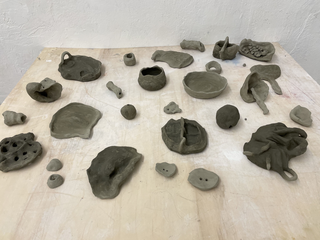
Ceramiche
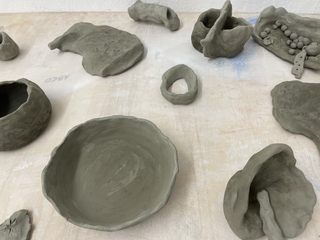
Ceramiche
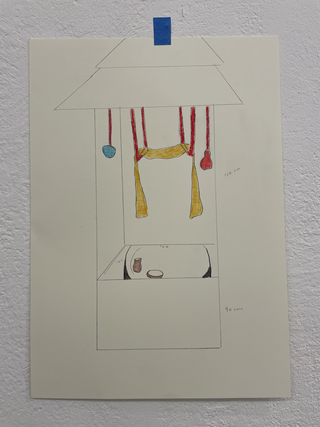
Sketch
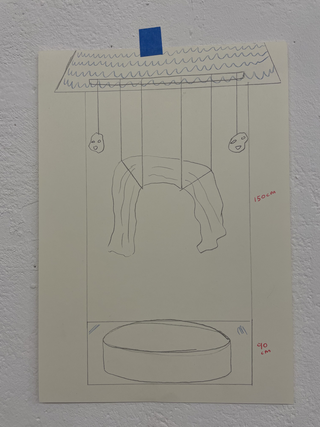
Sketch
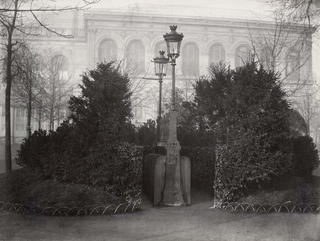
A pissoir at Champs Élysées, 1875
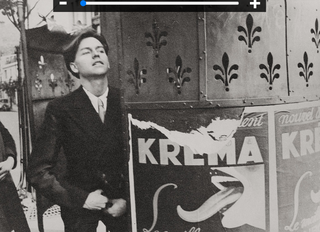
Cartier Bresson, Charles Henri Ford, Parigi, 1935
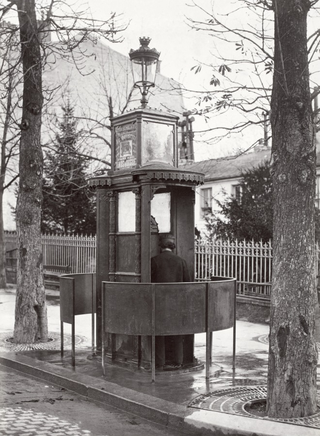
Charles Marville, Urinoir en fonte a 2 stalles avec ecran chaussee de la muette, circa 1865
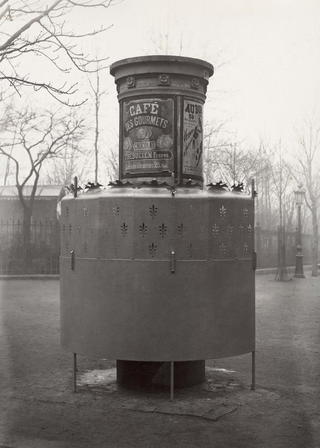
Square des Batignolles, 1865
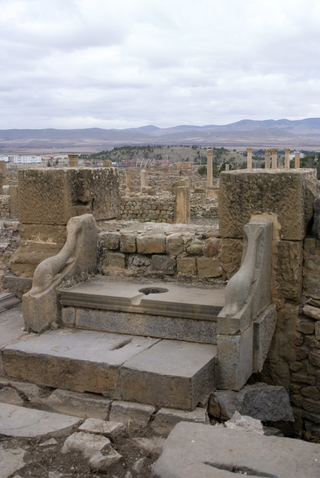
Un antica toilet Romana in Timgad, Algeria
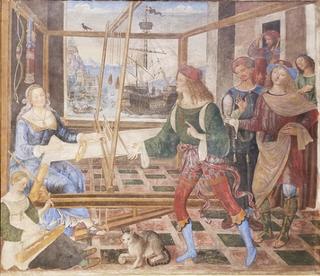
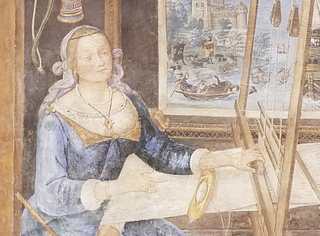
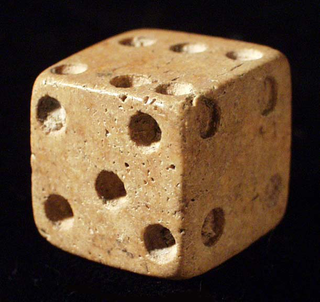
Palamedes, Dado, Greek Bone, IV-II secolo AC
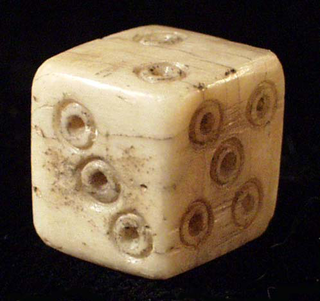
Palamedes, dado, avorio romano, I-II secolo DC
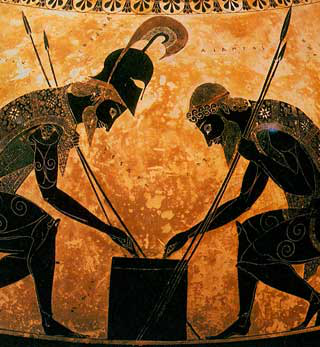
Achille che gioca a dadi
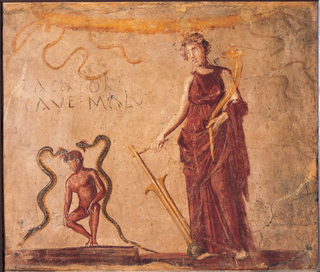
Fortuna, divinità dei bagni pubblici
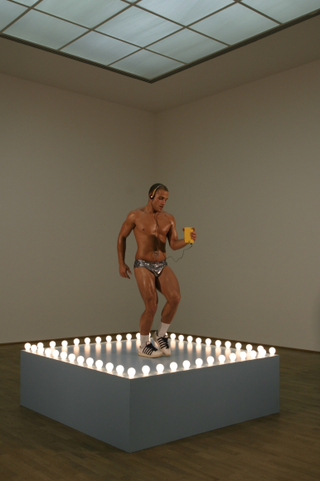
Felix Gonzales Torres, "Untitled" (Go-Go Dancing Platform), 1991
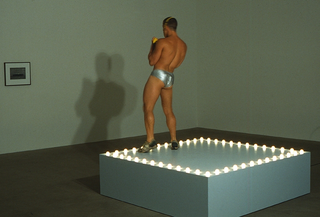
Felix Gonzales Torres, "Untitled" (Go-Go Dancing Platform), 1991
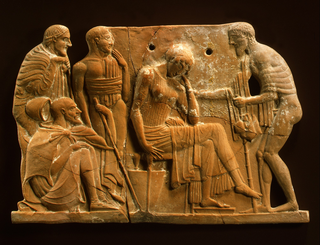
Il ritorno di Odisseo, placca di terracotta
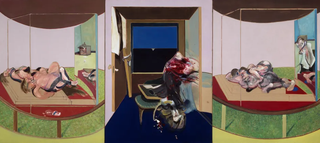
Francis Bacon, Triptych’ inspired by TS Eliot’s ‘Sweeney Agonistes’, 1967
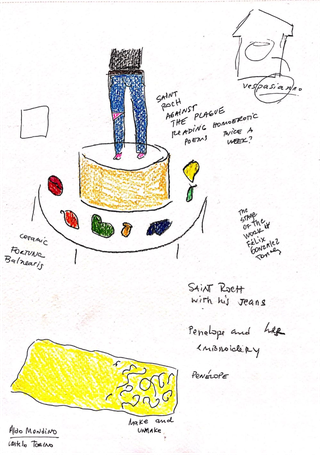
Sketch
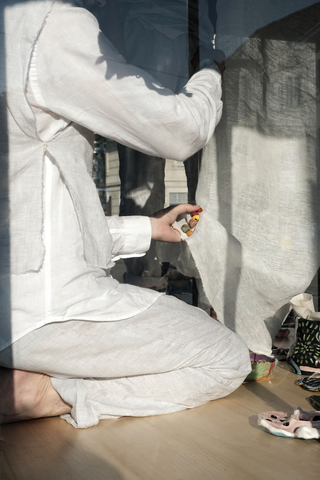
photo credit Matilde Corno
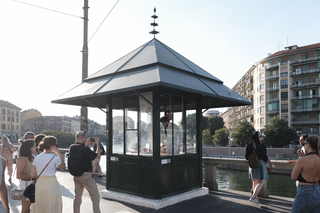
photo credit Matilde Corno
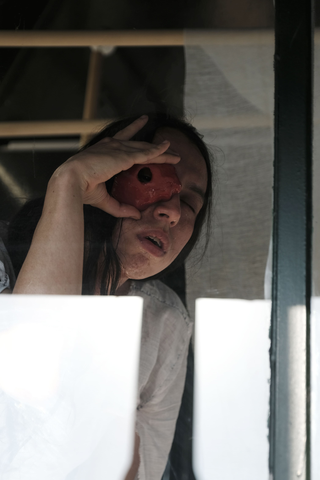
photo credit Matilde Corno
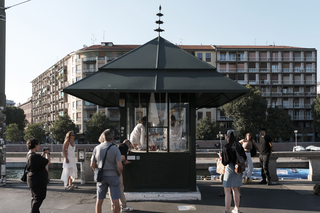
photo credit Matilde Corno
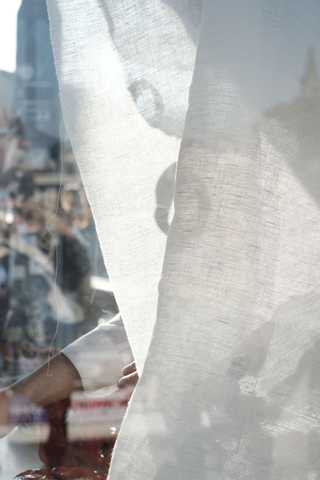
photo credit Matilde Corno
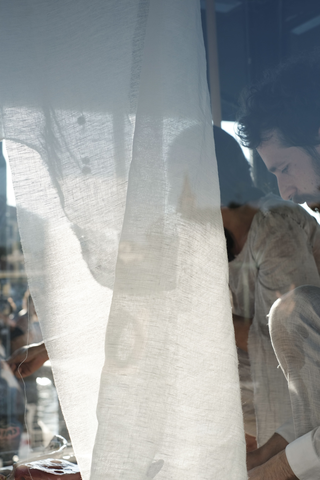
photo credit Matilde Corno
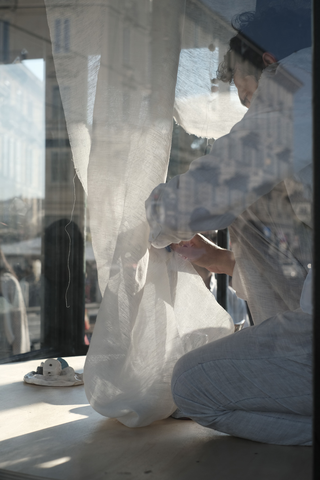
photo credit Matilde Corno
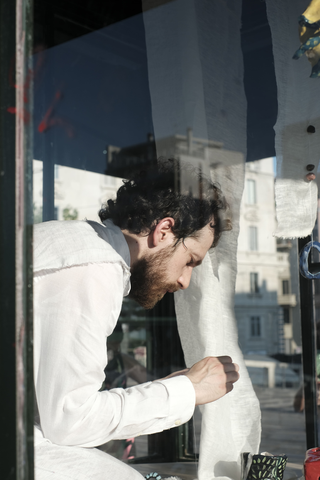
photo credit Matilde Corno
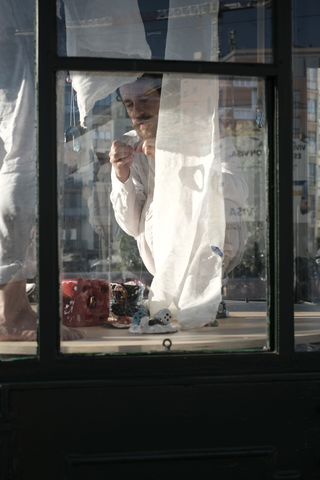
photo credit Matilde Corno
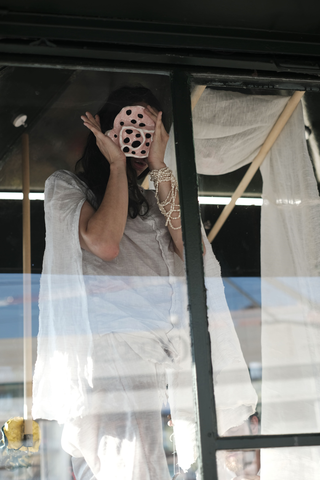
photo credit Matilde Corno
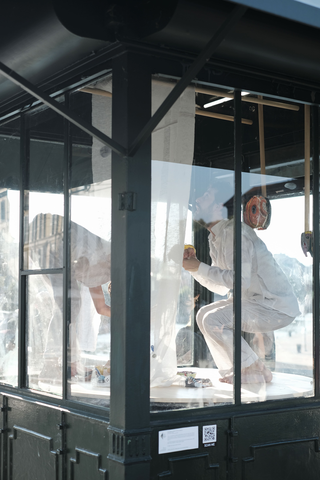
photo credit Matilde Corno
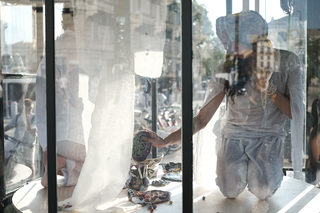
photo credit Matilde Corno
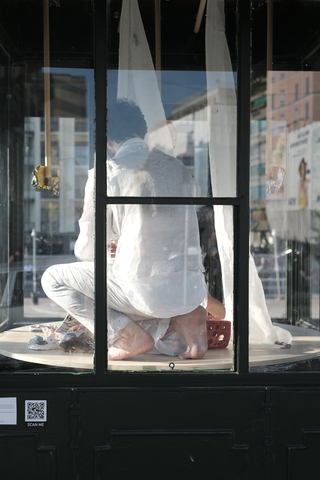
photo credit Matilde Corno
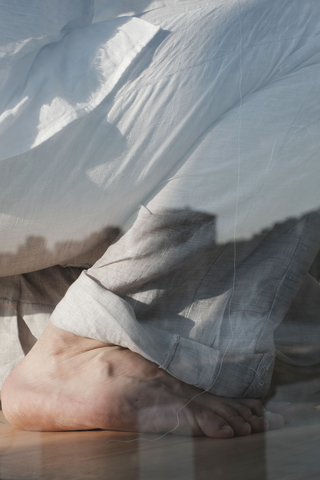
photo credit Matilde Corno
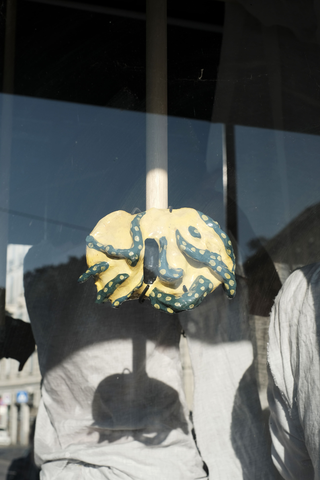
photo credit Matilde Corno
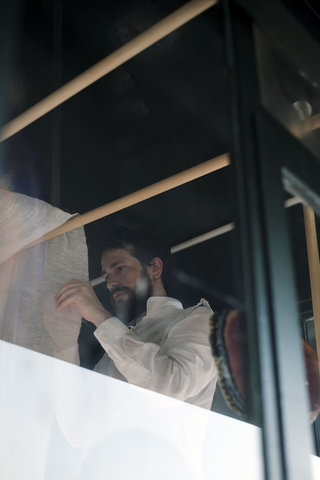
photo credit Matilde Corno
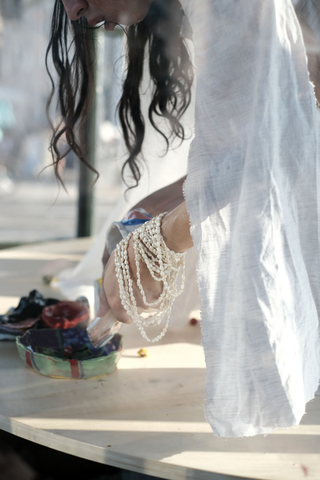
photo credit Matilde Corno
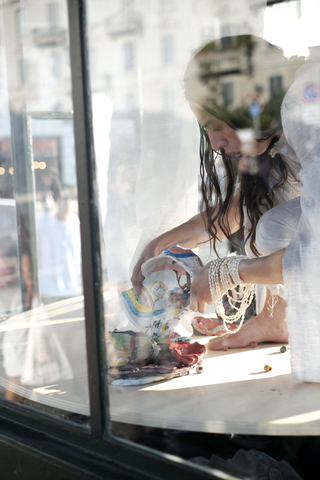
photo credit Matilde Corno
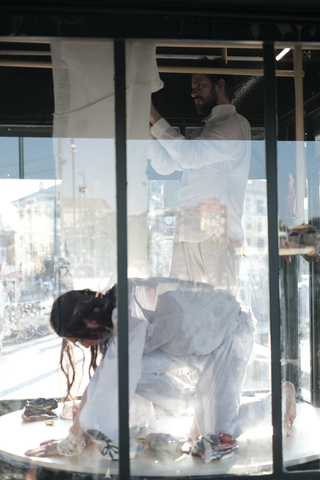
photo credit Matilde Corno
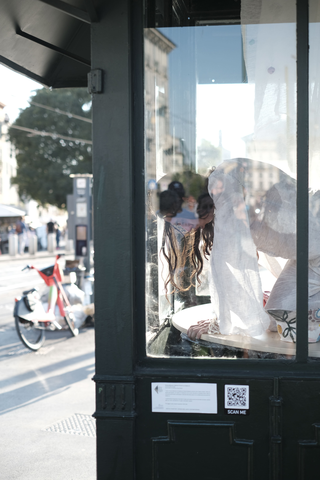
photo credit Matilde Corno
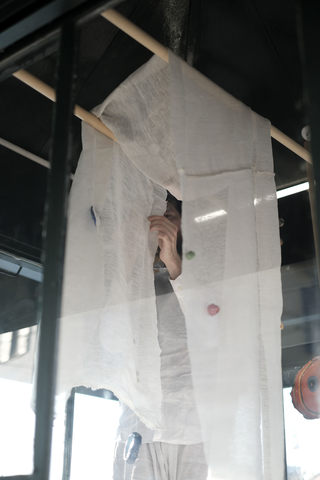
photo credit Matilde Corno
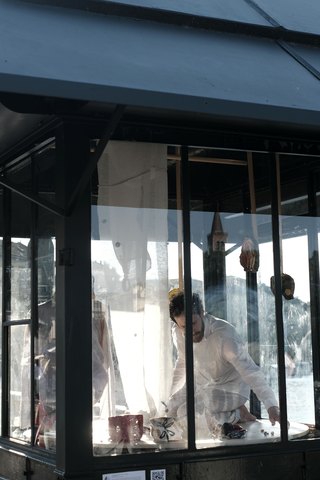
photo credit Matilde Corno
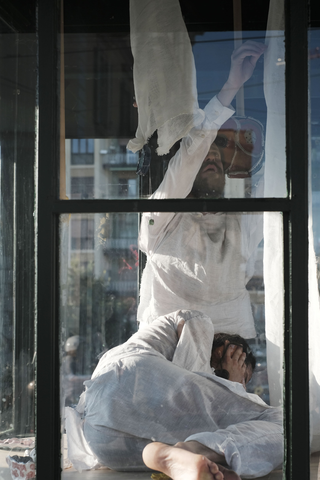
photo credit Matilde Corno
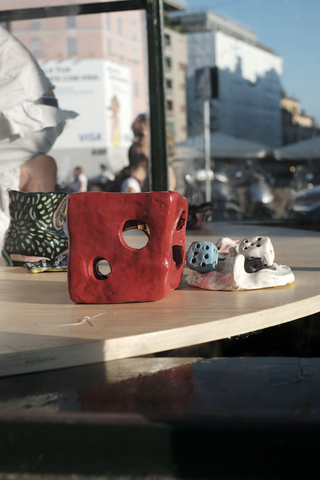
photo credit Matilde Corno
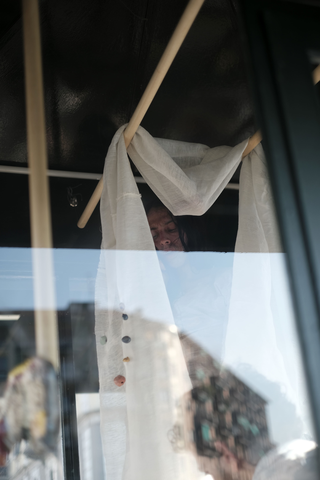
photo credit Matilde Corno
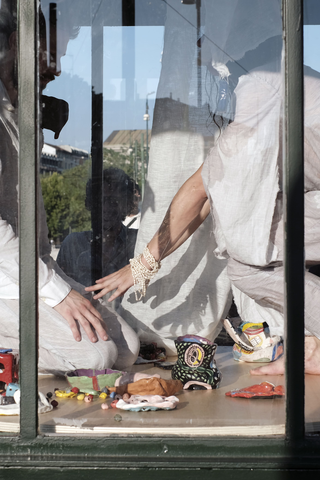
photo credit Matilde Corno
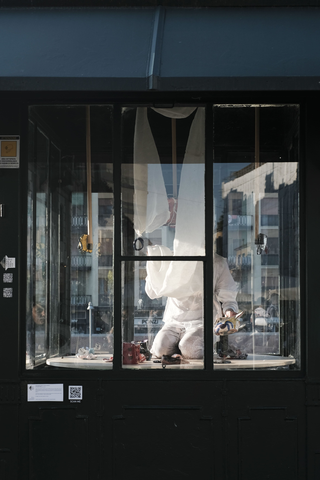
photo credit Matilde Corno
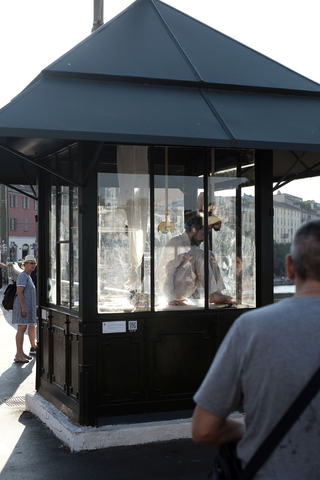
photo credit Matilde Corno
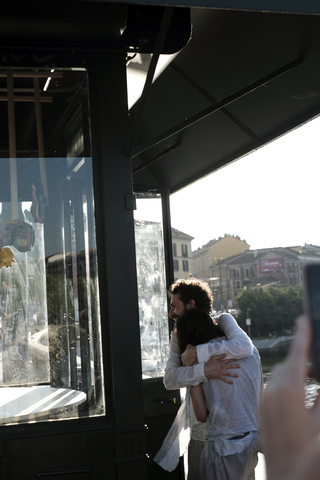
photo credit Matilde Corno
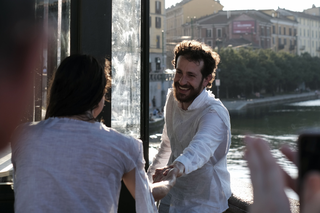
photo credit Matilde Corno
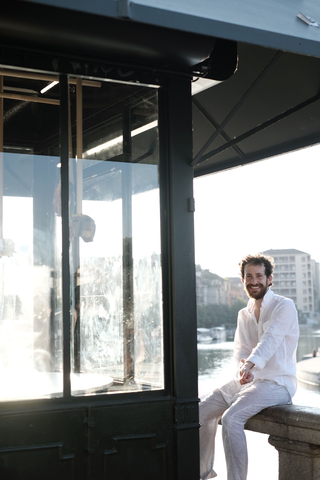
photo credit Matilde Corno
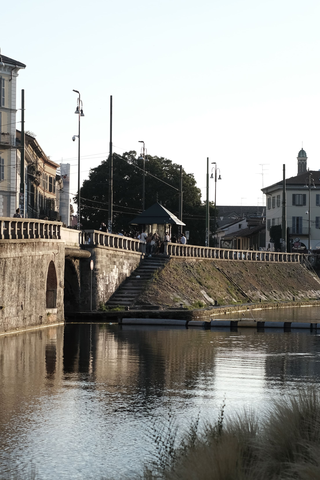
photo credit Matilde Corno
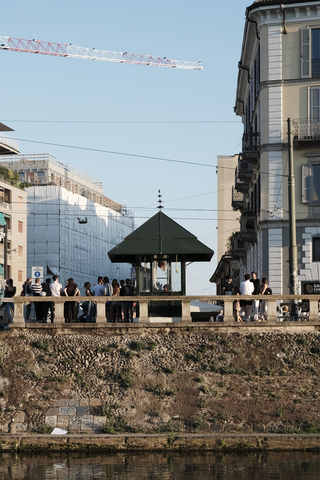
photo credit Matilde Corno
Social
Contatti
viafarini@viafarini.org